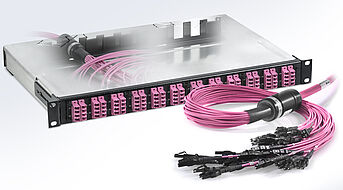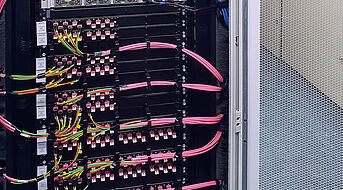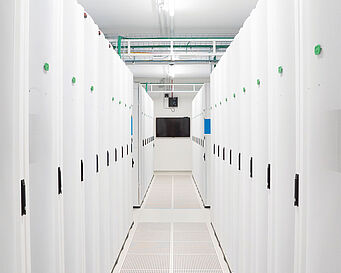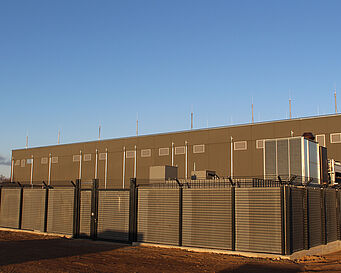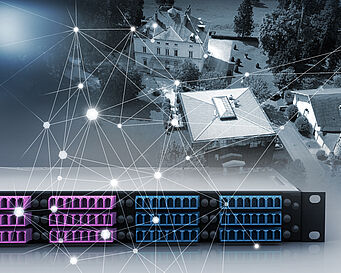Energy supply around the clock
The energy sector is undergoing dynamic change. This is true in political and technological terms as well as in social, ecological and economic terms. Network operators must adapt to this development. TenneT is one of the leading transmission system operators (TSOs) for electricity in Europe. The network operator relies on modern control centers to monitor its grids and interact with the data center. The cabling for the system is based on future-oriented solutions from Rosenberger OSI.
By 2030, the EU wants to feed 30% of its electricity from renewable sources. The German government even plans 65%. In order to achieve these goals, integrate the new energy sources and cover the growing demand for electricity in society, TenneT must continuously improve and expand its network. The utility company employs more than 4,500 people and operates about 23,000 kilometers of high-voltage lines and cables. The grid supplies electricity to around 41 million households and companies in Germany and the Netherlands. TenneT provides its customers with 99.9988 percent grid availability. In order to guarantee secure network operation around the clock, the company has established monitoring control centers at locations in northern and southern Germany. Here, the operating status is monitored day and night in every phase in order to ensure the seamless supply of energy to the electricity consumers.



